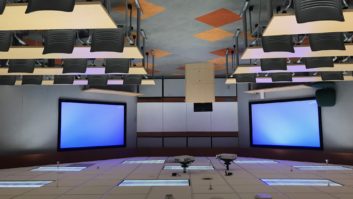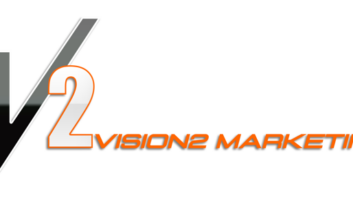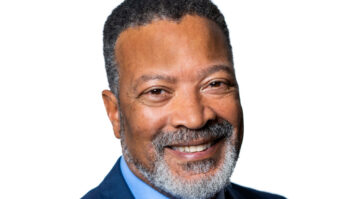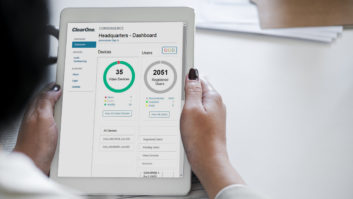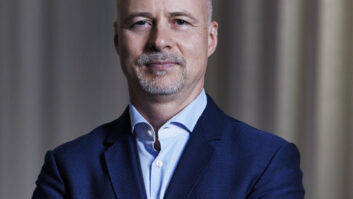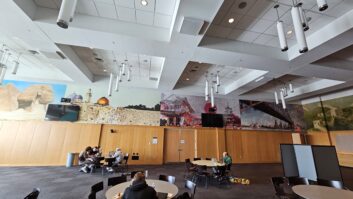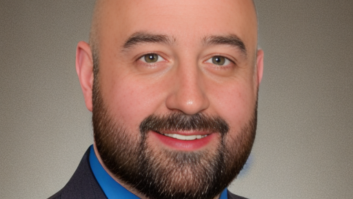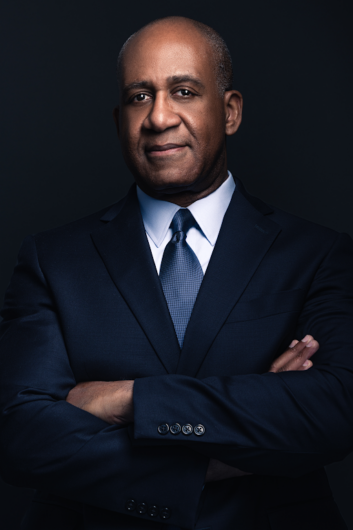 You have been with ClearOne for over 20 years and held a myriad of roles. How has your extensive experience with the company and knowledge of the industry helped you transition into your role as CEO?
You have been with ClearOne for over 20 years and held a myriad of roles. How has your extensive experience with the company and knowledge of the industry helped you transition into your role as CEO?
My experiences prepared me by immersing me in projects that often had problems with several subcomponents and layers of complexity, along with schedule deadlines and cost constraints.
During my tenure at ClearOne, I have had the privilege of collaborating with team members throughout the company and delivering results that had a positive impact across the organisation, both vertically and horizontally. This helped me build relationships with key stakeholders across various departments, including operations, sales, and finance, beyond the traditional scope of R&D. In addition, I contributed to the company’s patent portfolio as an inventor, and played a key role in defending the company’s intellectual property. All of that experience facilitated my transition into my current role as CEO.
How do you foresee hybrid work and education technology continuing to evolve over the coming years as hybrid models become the new standard?
One way I anticipate that hybrid work and education technology will evolve is that I expect it to help make the meeting experience just as good for remote participants as it is for local participants in the same room. One example is people tracking cameras powered by AI that automatically pan, tilt, and zoom (PTZ) in on the active talker in a room. Cameras like that make it easier for remote callers to see good images of participants sitting around a large table in a conference room.
Another is through broader integration of real time subtitles and language translation. An example is the Microsoft Translator technology that can be used to provide real time transcripts of a presentation on a shared screen in a meeting room and simultaneously on the personal devices of meeting participants (both local and remote). This technology can also translate live speech from one language into another language in real time. This is particularly helpful in an educational setting when the language used is not the primary language of some students.
The trends I see in hybrid work and Edtech are advancements that are driving a more inclusive and equitable experience for all.
In your opinion, what has been the biggest shift in AV?
In my opinion, the biggest shift in the AV industry over the last few years related to conferencing and collaboration was the move away from standards-based video conferencing room system products (ie those utilising ITU-T standards like H.323) and a relatively large number of cloud based conferencing systems pre-Covid to the concentration of users into a small number of proprietary platforms post-Covid including Microsoft Teams, Zoom, and Google Meet. As an example, LifeSize was a popular manufacturer of standards-based video codecs. They filed for Chapter 11 bankruptcy protection in May 2023. On the cloud conferencing side, BlueJeans was acquired by Verizon in early 2020 for $400 million. By August 2023, Verizon made the difficult decision to shut down BlueJeans.
How would you describe the current state of the AV industry, and what major trends have you observed recently?
In the context of technologies for meeting rooms, the AV industry appears healthy and has reasonable growth prospects. We expect strong growth in the video conferencing room devices category that includes cameras. We also expect steady growth in the installed audio conferencing market. In terms of trends, we are seeing rapid migration from legacy environments to cloud based collaboration tools that is driving the need to upgrade meeting room technology. We also see rapid innovation in camera technology, in particular, AI based face recognition and camera tracking.
What do you see as the most significant challenges and opportunities facing the AV industry today?
The most significant challenge I see is maintaining profit margins while simultaneously providing competitive price reductions, given the return to normal supply chain costs and lead times. The most significant opportunity is adapting to the post-Covid hybrid corporate work model and taking advantage of the return of large venue live events. The 2023 AVIXA Industry Outlook and Trends Analysis (IOTA) points to growth in APAC in the rental and staging market and also says that the venues and events industry is leading growth in the Americas.
How does ClearOne adapt its strategies to cater to different markets and cultural contexts around the world?
We employ regional sales managers who constantly meet with and talk to our local channel partners and end customers in their regions. We rely on our local sales force to help us understand and adapt our business practices to local cultural contexts around the world.
What is ClearOne doing to ensure innovation, production, and operations stay ahead of the curve amongst competitors?
In the area of innovation, one thing we do is listen to our customers to understand when their needs are not being well-satisfied by existing solutions. We look for opportunities to develop new products and technologies to meet those needs. Another thing we do is keep up to date on new technologies that can be implemented to improve the performance of our products. We do that by reading technical literature and attending industry and technical conferences. We encourage our R&D team members to take risks to develop new and untested technologies with management support, involvement, and oversight. Our R&D team also holds brainstorming sessions to capture new ideas and creative solutions to problems that arise during product development.
In the area of production and operations, we continually look for ways to lower product costs while being uncompromising on product quality. While we follow the industry’s best practices, we also incorporate a few unique elements that set us apart. Despite our products being manufactured by world-class electronics manufacturing services providers, we actively collaborate with them on all aspects of manufacturing. This includes new product introduction, supplier selection, the procurement process, forecasting, capacity planning, logistics, human resources, and more. We leverage our flat organisational structure and small team size to emphasise open communication and collaboration. We believe this approach leads to creative solutions and quicker results.
